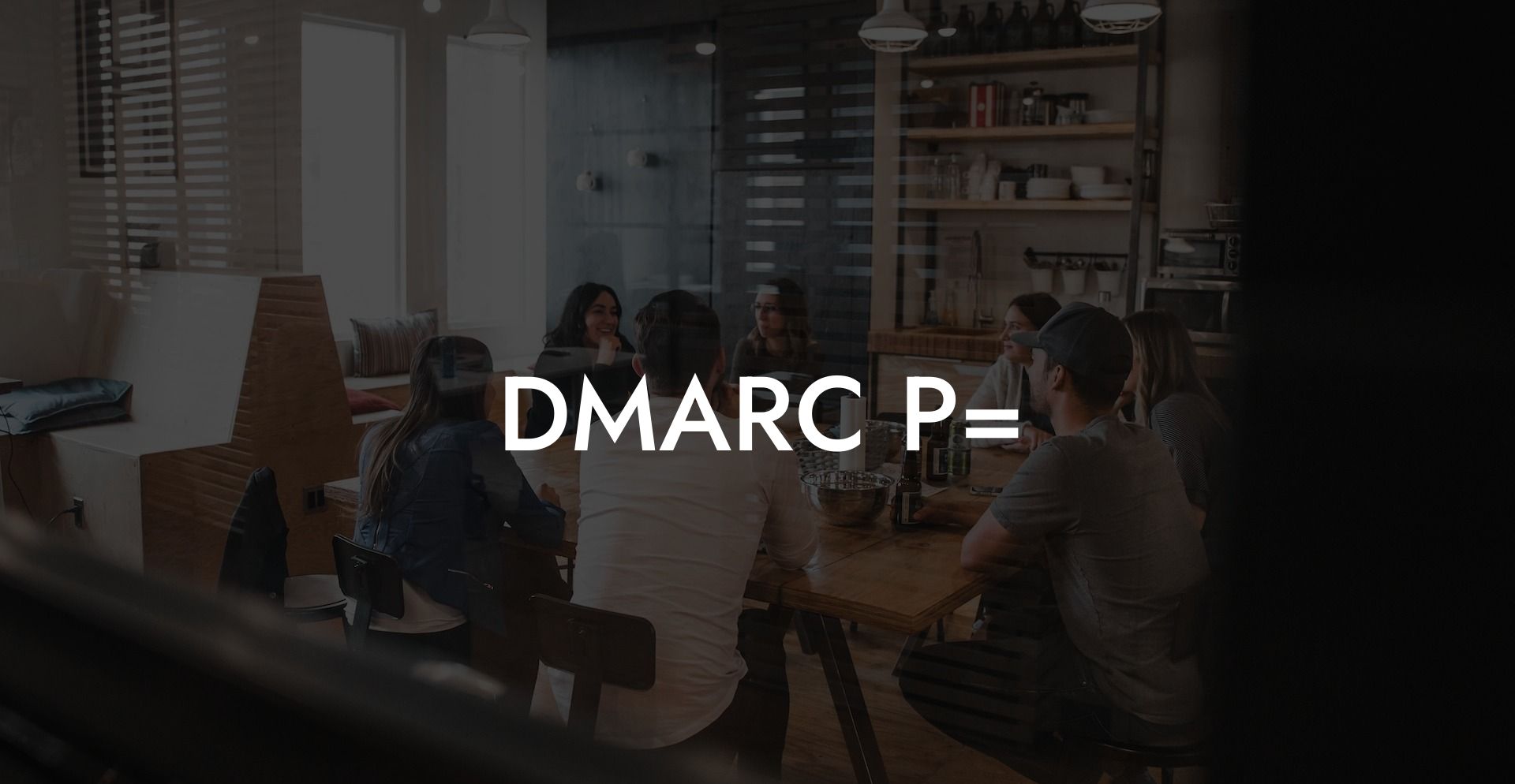In today's world, where cyber threats are becoming more sophisticated, it's essential to have a robust defense mechanism in place to protect your online assets. One such powerful email authentication protocol is DMARC (Domain-based Message Authentication, Reporting, and Conformance), which helps in preventing email spoofing and ensuring that your emails are delivered safely to the recipients. In this guide, we will dive deeper into understanding the significance of the DMARC P= tag and why it's crucial in your quest for a secure online presence.
What is DMARC?
DMARC is an email authentication protocol that builds on the foundation laid by SPF (Sender Policy Framework) and DKIM (DomainKeys Identified Mail) mechanisms. It allows domain owners to specify and enforce a policy on how their domain is used in email communications and report on the authentication status of the inbound messages. This helps in combating phishing attacks, improving email deliverability, and enhancing the overall trust in the email ecosystem.
Understanding DMARC Tags
Protect Your Data Today With a Secure Password Manager. Our Top Password Managers:
In a DMARC record, there are several tags that serve various functions. One of the most important tags in the DMARC policy is P= (Policy), which specifies the requested action to be taken by the recipient's mail server when an email fails DMARC authentication.
Three Possible DMARC P= Policy Values
- p=none: Also known as the "monitoring mode," this policy instructs the recipient's mail server to allow delivery of all emails, regardless of their DMARC authentication status. It's a preliminary stage for domain owners to gather statistics and identify possible authentication issues before enforcing stricter policies.
- p=quarantine: With this policy, the recipient's mail server is requested to quarantine unauthenticated emails, meaning those messages failing DMARC checks will end up in the recipient's spam/junk folder. This policy provides domain owners with a safety net while minimizing the impact on legitimate senders.
- p=reject: This is the strictest level of the DMARC policy, wherein the recipient's mail server will reject all unauthenticated emails, essentially blocking them from being delivered to recipients. This policy provides maximum protection against spoofing and phishing attempts but must be deployed carefully after thorough testing and monitoring.
Implementing DMARC P= Tag
When setting up a DMARC record, the first step is to decide on a DMARC policy (P=) that aligns with your organization's security objectives. Start with the p=none and monitor your DMARC reports to identify any email authentication issues. Gradually transition to a stricter policy such as p=quarantine or p=reject once you're confident in your email authentication mechanisms.
DMARC P= Example:
Assume your domain is "yourdomain.com", and you've chosen a p=quarantine policy. Your DMARC record would look like this in your DNS server:
_dmarc.yourdomain.com. IN TXT "v=DMARC1;p=quarantine"
It's crucial to monitor your DMARC reports and fine-tune your SPF and DKIM records to ensure legitimate emails pass authentication checks and avoid false positives.
By understanding the importance of the DMARC P= tag and implementing an appropriate policy, you can significantly reduce the risks of email spoofing, phishing, and other fraudulent activities associated with your domain. It's essential to stay vigilant and adapt your email security strategies to continually protect your brand, customers, and overall online presence. We hope this guide helped you gain a better understanding of DMARC policies. Feel free to share this post with others who may benefit from this information, and don't forget to explore other guides on Voice Phishing for more insights and tips on safeguarding your online assets.
Protect Your Data Today With a Secure Password Manager. Our Top Password Managers:















